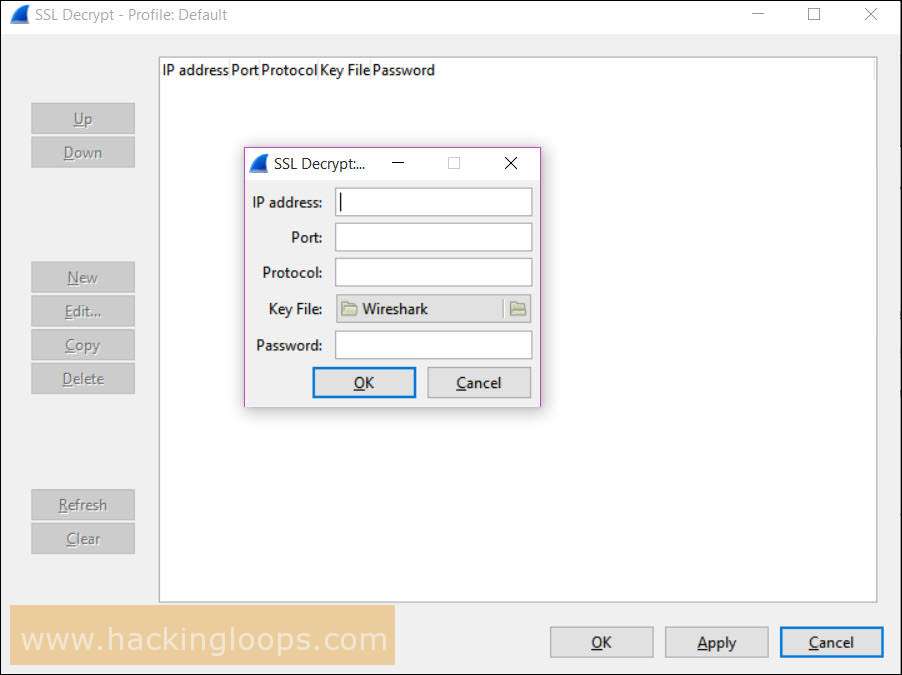

You can open the log file in a text editor.

On the top half of that dialogue (User Variables) - click New.Click on the Environment Variables button (bottom right) - an Environment Variables dialogue appears.Windows Start> Environment Variables (just start typing) - a System Properties dialogue will appear.The steps I followed were (you must follow each of these steps): The step by step is illustrated in this video, followed by the instructions: We are on Windows with administrative privileges.There are a couple of environment constraints in this explanation: We won't spend any time in this article describing that HTTPS process, instead we will focus on how you can decrypt the encrypted traffic using Wireshark. Whenever your web browser connects to a web server using HTTPS, a secure connection is established, keys are exchanged, and the traffic is encrypted. Our Udemy course on Wireless Packet capture Our custom profiles repository for Wireshark I added the ssl configuration to the /etc/nginx/sites-enabled/default file the certificate.4 of 5 - 5 votes Thank you for rating this article.Ĭheck out these great references as well: I created a self-signed certificate with the next command: sudo openssl req -x509 -nodes -days 365 -newkey rsa:2048 -keyout localhost.key -out localhost.crt What I did was to add an Nginx as a reverse proxy.

(For testing I am using Postman to create a request to a secure server.) I want to be able to capture and decrypt TLS traffic that one off my internal application (that I don't have access) makes to the internet.


 0 kommentar(er)
0 kommentar(er)
